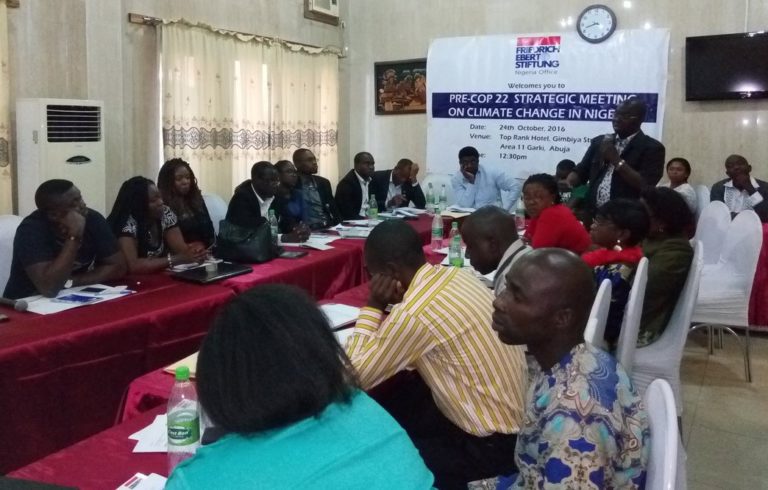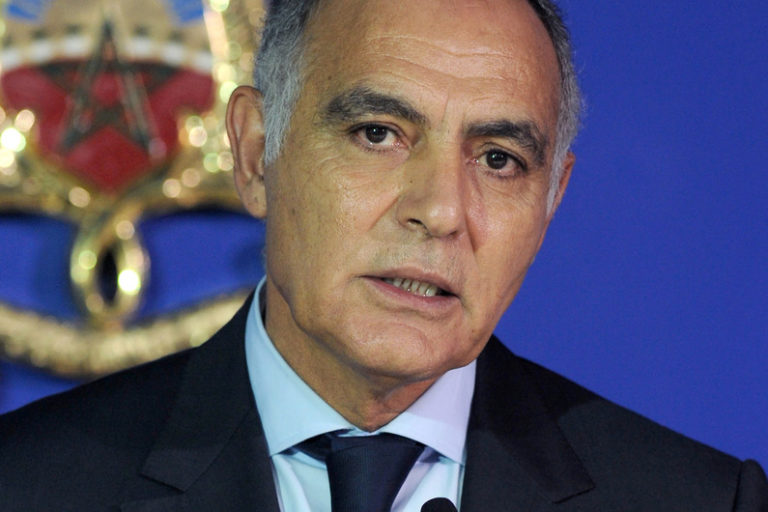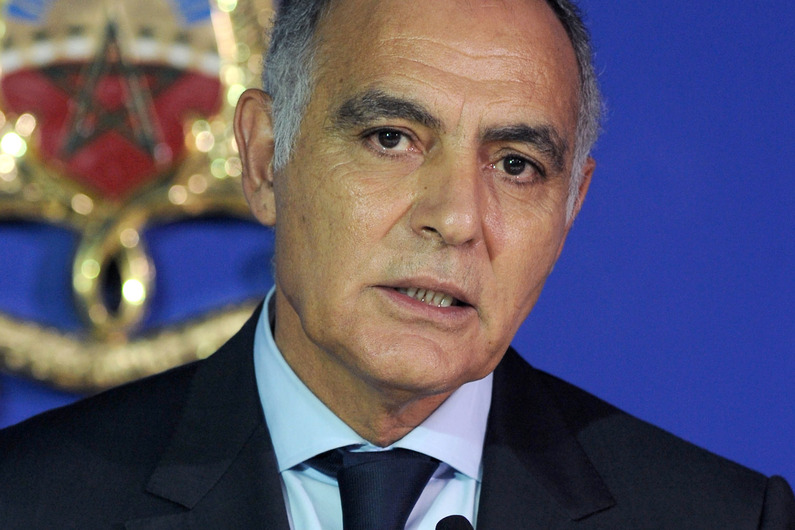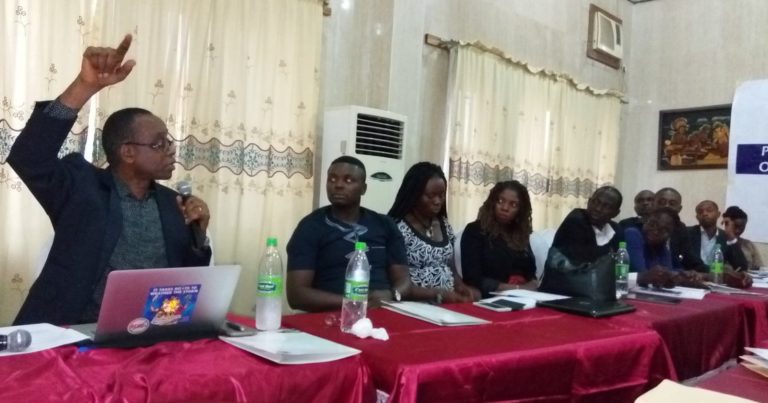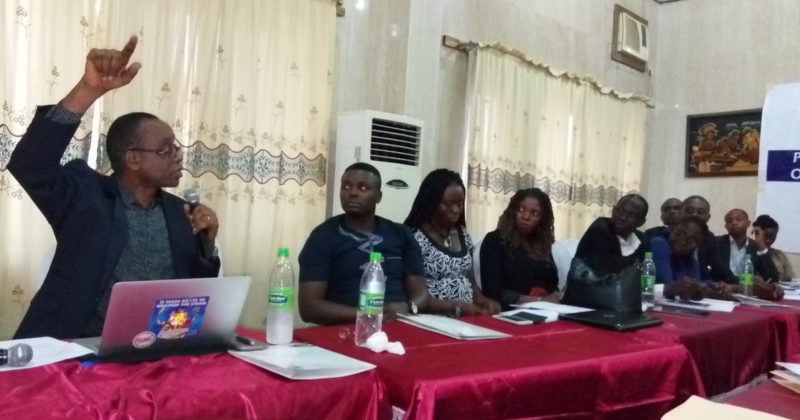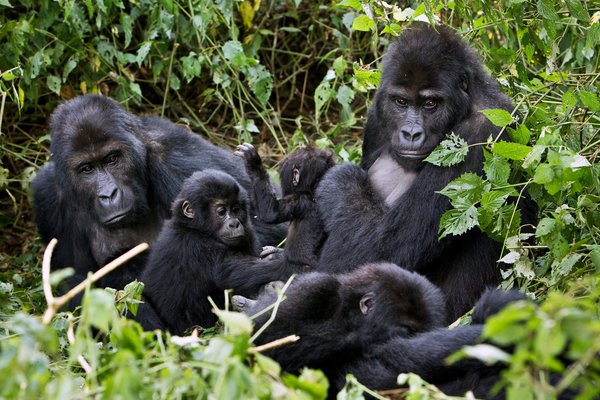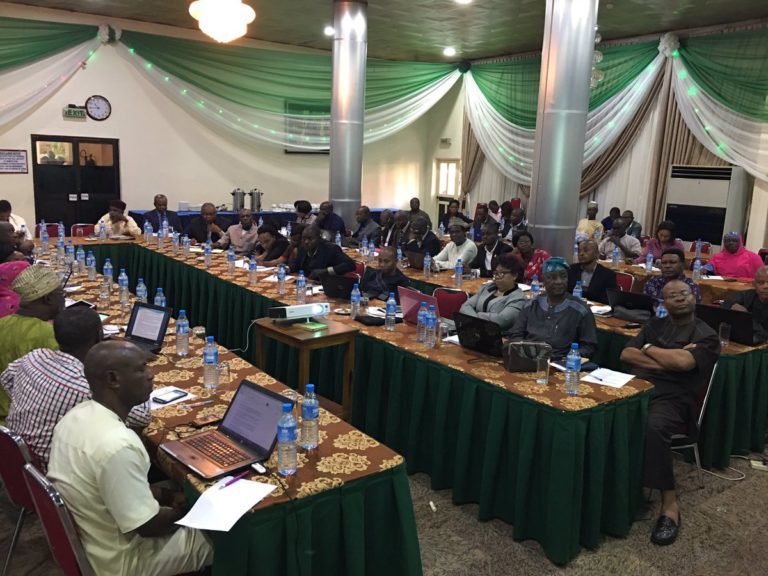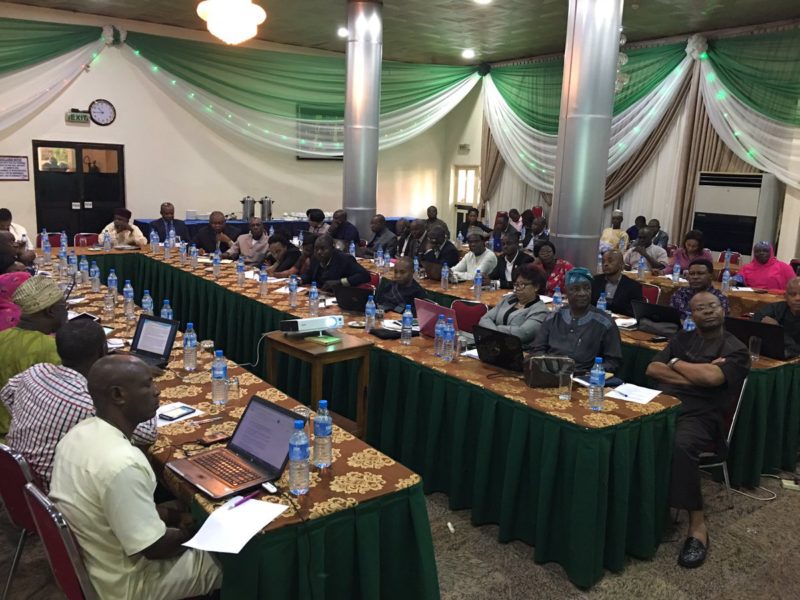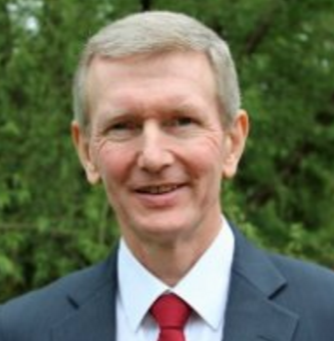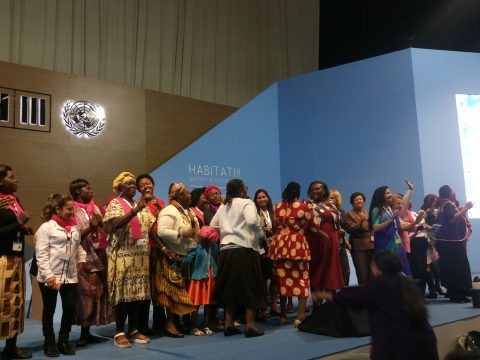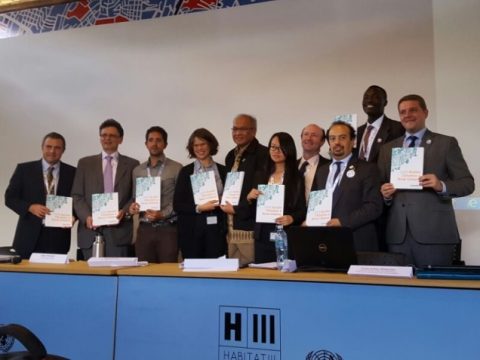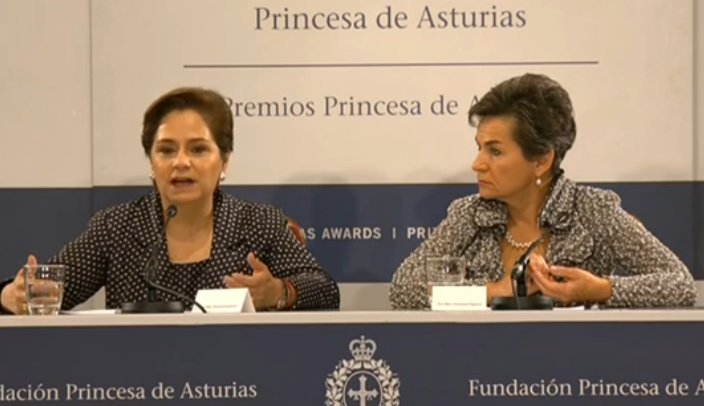As Nigeria rounds up preparations for the 22nd Session of the Conference of the Parties (COP22) to the United Nations Framework Convention on Climate Change (UNFCCC) scheduled to commence in two weeks’ time in Marrakech, Morocco, civil society organisations (CSOs) have been advised on their role at the two-week global summit.
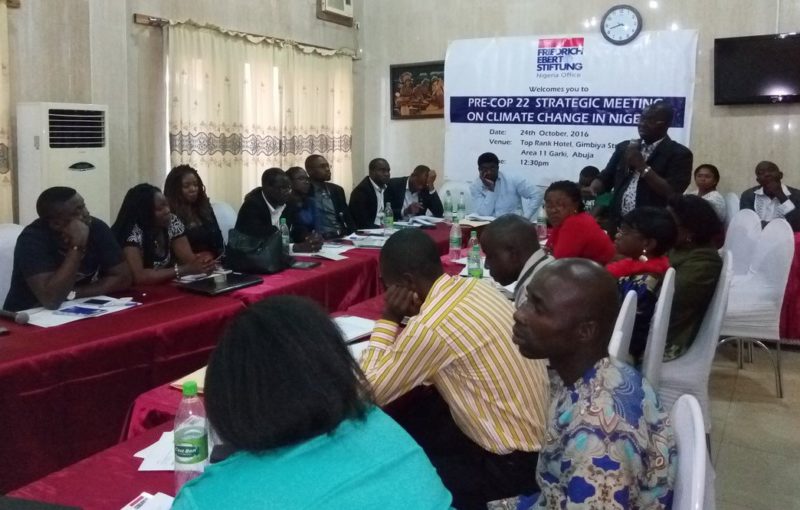
At a daylong session in Abuja on Monday that featured a Pre-COP22 Strategic Meeting and Launch of the Nigeria Labour Congress’ (NLC) Climate Change Policy document, Nigeria’s erstwhile climate chief, Dr Samuel Adejuwon, told participants that their role is to pay close attention to details and be the eye of their country delegation in every session they cover.
He advised the civil society players to always pass thorough and privileged information to their country delegation that may help influence decisions at the COP, which will also feature the 12th Session of the Conference of the Parties serving as the Meeting of the Parties to the Kyoto Protocol (CMP12) and the 1st Session of the Conference of the Parties serving as the Meeting of the Parties to the Paris Agreement (CMA1).
While commending Samuel Onuigbo, Chairman, House of representatives Committee on Climate Change, for his commitment and support for his work, Dr Adejuwon however pointed out that it would yield no result without the support of the efforts of the overall National Assembly (NASS). He said that the support of the NASS is needed to help fund the implementation of the Intended Nationally Determined Contribution (INDC) as, according to him, inadequate funding might forestall its execution.
Adejuwon demanded: “How are you looking into making laws that will help Nigeria transit to green economy even with technology and expertise import? How will you ensure funding for CSOs and carry them along in all the processes of your work? When will the Climate Change Commission Bill be passed into law? Are you factoring in gender balance in all your works?”
Onuigbo’s reply: “We have done a lot of work since I was appointed into this position in November 2015 and we have been able to establish that all MDAs (ministries, departments and agencies) can be held accountable for what they do to the environment and how they comply with international conventions to which Nigeria is party to.
“We were able to identify impacted ministries and explain to them why they are under the oversight of the NASS Committee on Climate Change. We will continue to do a lot of work that will allow the ease of implementation for the Paris Agreement. The Climate Change Commission Bill was scuttled when it got to the stage for assent for some unknown reasons, but we are working on a new one now. We will work to make provisions for interactive session in our budget to encourage this kind of forum.”
The legislator lauded the President’s commitment to climate change, which he said has been obvious but capped by the recent signing of the Paris Agreement in New York. He promised that the House would continue to do its best to support work on climate change and commended the NLC for its efforts.
Citing the drying up of Lake Chad as a typical and current example of how devastating climate change can be, he urged all to change and join the effort to mitigate the effects of climate change.
Environment rights activist, Nnimmo Bassey, faulted the Paris Agreement, saying it allows countries to pledge to what they can do, and not what they must do.
Speaking during the launch of the NLC Climate Change Policy document, he stressed that now is time for all to fight for a “green labour revolution”. He urged the NLC to help cut emissions at source through innovative projects and policies.
He adds: “COP21 was a failure because the things mentioned were things they could do, and not what they should or must do. Paris Agreement has given room for more carbon offset.
“Those who have taken 80% of carbon budget are still putting carbon into the system. This is the basis of climate injustice.
“On gas flaring, the Nigerian government has refused to the counterpart funding and that has stalled implementation of many initiatives including stopping gas flaring as they are the major shareholders in the impacting companies.
“I advise CSOs: support your country’s position but be critical, look beyond the ordinary words and know the underlying reason for everything.”
Tracing the genesis of the Climate Change Policy, Hauwa Mustapha of the NLC said: “It wasn’t until 2015 that the NLC started serious engagement on climate change and started out with a study on workers’ knowledge of climate change and how they relate to it.
“The study revealed that workers, though aware of climate change, could not immediately relate it to their daily activities. The policy document is expected to give us a guide towards more action.”
She decried the poor conditions of work environment of most places in Nigeria with workers being unaware of the impact on their health and environment.
By Olumide Idowu

